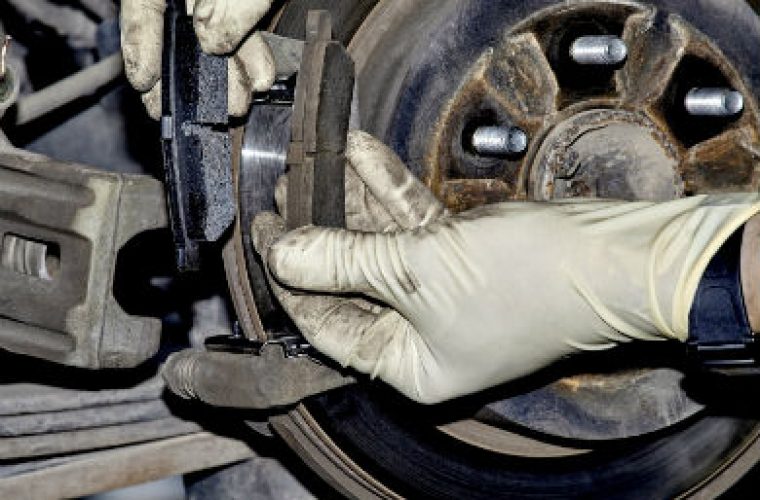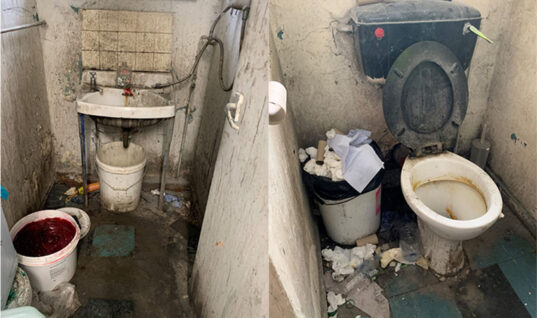Brake pad manufacturer Lumag, which has achieved technological progress through applied engineering solutions as well as the continuous rise of quality and safety standards, has released a cause-and-solution list for the diagnosis of brake pad issues.
 Even Wear
Even Wear
According to Lumag, if brake pads have approximately the same amount of friction material on both, the cause is proper brake function.
Lumag suggests replacing brake pads and hardware such as abutment and anti-rattle clips, as well as servicing the caliper guide pins and slides.![]()
![]()
Outer Pad Wear
If the outer pad continues to ride on the rotor after the caliper releases, resulting in the outboard pad having markedly less friction material than the inboard pad, seizing guide pins, bushings and slides are usually the cause of the issue.
This issue is normally rectified by servicing or replacing the guide pins, bushings, or the entire caliper, and replacing the brake pads.
 Inner Pad Wear
Inner Pad Wear
When the caliper piston doesn’t return to the rest position due to a worn seal, damage, or corrosion, or there is a problem with the master cylinder, the inboard brake will show more wear than the outboard pad.
Take the same steps as fixing the outer pad wear as well as inspecting the hydraulic brake system and the caliper for residual pressure and guide pin hole or piston boot damage, respectively.
If the pin holes or piston boot are corroded or damaged, then replacement is necessary.
 Tapered Pad Wear
Tapered Pad Wear
When the friction material is worn in a horizontal or vertical wedge pattern, improper pad installation as well as guide pin wear, or having a single guide pin or slide seizing, are potential causes.
The procedure for rectifying this kind of wear is the same as correcting outer pad wear.
 Cracking, Glazing, or Lifted Edges on the Pads
Cracking, Glazing, or Lifted Edges on the Pads
Overuse, improper break-in procedure, hydraulic system problems, seized caliper components, defective pads, and the parking brake not fully retracting can cause physically damage and signs of thermal distress to the friction material.
The solution is replacing and breaking-in the new pads properly.
The parking brake may also need adjusting.
 Overlapping Friction Material
Overlapping Friction Material
Wear on the guide pins, caliper or caliper bracket, or having the wrong rotor or pad on the vehicle, can cause the top edge of the pad to overlap the top of the rotor.
To solve the problem, replace the pads and fit the vehicle with OE specification diameter rotors.
![]() For further details on Lumag’s ranges available to the aftermarket, click ‘more details’ below.
For further details on Lumag’s ranges available to the aftermarket, click ‘more details’ below.







